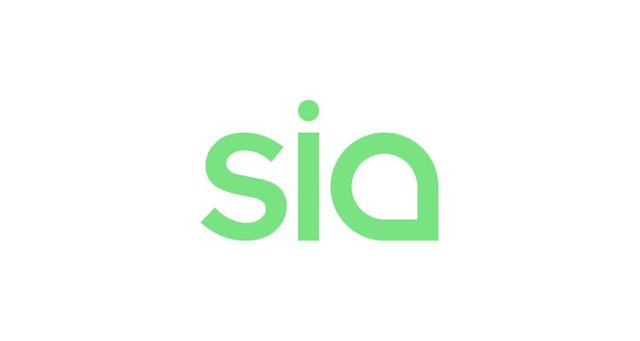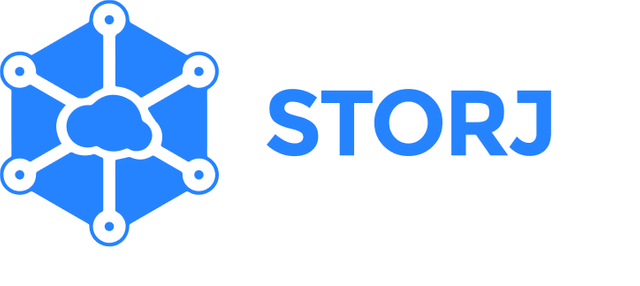How Does Arweave Fare Against Its Competitors?

One thing that is being asked quite frequently is why Arweave should be better, or worse, than its competitors.
What we will learn is that Arweave doesn’t really have any competition because of how different it is from any other similar projects.
The projects it is most frequently compared to are: Filecoin, Sia, Storj.
Arweave features
Before being able to compare Arweave we need to understand what it is capable of and the peculiarities of its design.
First of all, arweave doesn’t need all its full nodes to store all the blocks, this is called blockweave structure. That’s possible thanks to two simple but quite effective innovations: the block hash list and the wallet list.
This may seem counterproductive in a system which is meant for redundant and permanent data storage on-chain, but thanks to Proof of Access (Arweave is a hybrid PoA PoWchain) it’s not the case.
An innovative consensus algorithm
PoA is a new consensus algorithm which requires data from a random past block to build a new one, thus providing a much-needed incentive for the storage of the entire chain.
PoA also ensures that some data is distributed across all the nodes when they confirm a new block.
This happens because when a miner finds the appropriate hash he distributes the recall block alongside the new block.
Organic self-organizing network topology and free, fast access to data
Another important incentive, this time for quick and free data sharing, is offered by the Wildfire system.
The wildfire system is composed of a rank local to every node. This rank is determined by how fast the other nodes responded to inquiries or accepted data in the past.
The higher the rank of a peer the faster a node will send it data in the future, while the nodes who behave badly are blacklisted altogether.
The nice side effect of this system is that it creates an organic and self-organized network topology. This optimizes the chain and renders it more efficient.
Efficient block distribution
Another big improvement upon traditional blockchain implemented by arweave is blockshadowing. Blochsadowing consists of partially decoupling transactions from blocks, and only sending between nodes a minimal quantity of data.
This data, called blockshadow, allows peers to reconstruct a full block, instead of transmitting the full block itself. Usual blockchains require nodes to distribute the entire block instead of a blockshadow which weighs only a few kilobytes.
But that’s not all that there is to it.
A blockshadow is enough to build a block only if the node already has all the transactions included in the block.
So, to make this system more effective nodes include transactions only when they have a high certainty that the transactions have already been distributed across all the nodes.
In case you’re wondering, a blockshadow is composed only of a hash of the wallet list and hash list, and in place of the transactions inside a block, only contain a list of transaction hashes.
If a node doesn’t have a transaction that matches a specific hash it can simply send an inquiry for that data to another node.
This is a pretty important part of Arweave since it ensures a fast and flexible block distribution that is way more efficient than the usual one.
According to the whitepaper it “allows transactions to be processed as fast as they can be distributed around the network, and consensus about blocks to be achieved at near network speed.” Pretty impressive nonetheless.
Censorship resistant content moderation
Last but not least is the governance system which the lightpaper describes as “Democratic content policy”. Arweave is a censorship-resistant system and while some people would feel like this should be a completely permissionless system which has no way to censor any kind of data for any reason many people would probably argue that there needs to be some way to get some data out of the system.
The Democratic content policy is exactly that: A system that renders actually censoring data because of political reasons hard but still permits a way to exclude data that most of the community does feel like shouldn’t be part of the network.
That’s how it works:
Every node can have an optional blacklist containing for example hashes or strings of data that they don’t ever want to store which ensures that they won’t.
If over 50% of the network includes some data into their blacklist the data becomes automatically rejected by the whole network.
How is Arweave different from its competitors?
Well, first of all, there’s one reason why I personally believe that arweave has no real competitors.
The reason is that Arweave is the only one of those systems which ensure permanent and immutable storage. This grants some use cases as exclusive to arweave even if the other systems were better in every other sense (and it looks like it’s not the case).
For example, this could work as an addon to the digital notary provided by the Estonian E-Residency program.
Sure, you can sign a document and store its hash on a blockchain, but what happens if the document itself is lost? Arweave solves this problem.
Another advantage that this system has is the organic sharding and the estimated 5,000 transactions per second.
That being said, let’s see what other differences there are between Arweave and its “competitors”, examining one system at a time.
Filecoin

Filecoin uses the PoW algorithm to reach consensus and it is estimated that it will support anywhere from 25 to 50 transactions per second.
Its data structure is the widely known IPFS (interplanetary file system) which has been rumored to be a pillar at the basis of the future decentralized Web3.0.
The market cap of filecoin is between 1 and 1.5 billion, making it the most important competitor to Arweave.
SIA

Sia improves upon filecoin in the sense that, just like arweave, it has a storage-based consensus algorithm which it calls
Proof of Storage.
Sia splits files into thirty redundant encrypted segments.
In fact, they are so redundant that only ten segments are enough to rebuild the file. Sia has its own blockchain which can manage between 10 and 25 transactions per second and supports smart contracts which are used to manage files.
Storj

Storj is a serious contender in the field of decentralized file storage.
This is one of the oldest projects in the space and has a community of 20,000 uploaders and 19,000 storage providers.
A big part of its success is probably how user-friendly this system is.
The amount of possible transactions per second is 25-50 and the consensus algorithm is PoW. The network implements standard sharding and file encryption.
A big issue with storj is that while it is decentralized it is not trustless. Storj doesn’t have access to your files but you need to trust their centralized portals to access the service.
Analysis
While it is hard to say if it will dominate the space or not, it is highly unlikely that Arweave won’t have its own user base, and a significant one.
The unique ability to ensure that the files won’t change once submitted and the
“pay one time and store forever”
mechanic alongside with the scalability and the other many innovations provided by this project give it clear advantages over similar projects.
It would still not make sense that it will be the only successful project because different systems are prone to perform better in different contexts.
Get your post resteemed to 72,000 followers. Go here https://steemit.com/@a-a-a
Congratulations @cryptocises! You received a personal award!
You can view your badges on your Steem Board and compare to others on the Steem Ranking
Vote for @Steemitboard as a witness to get one more award and increased upvotes!